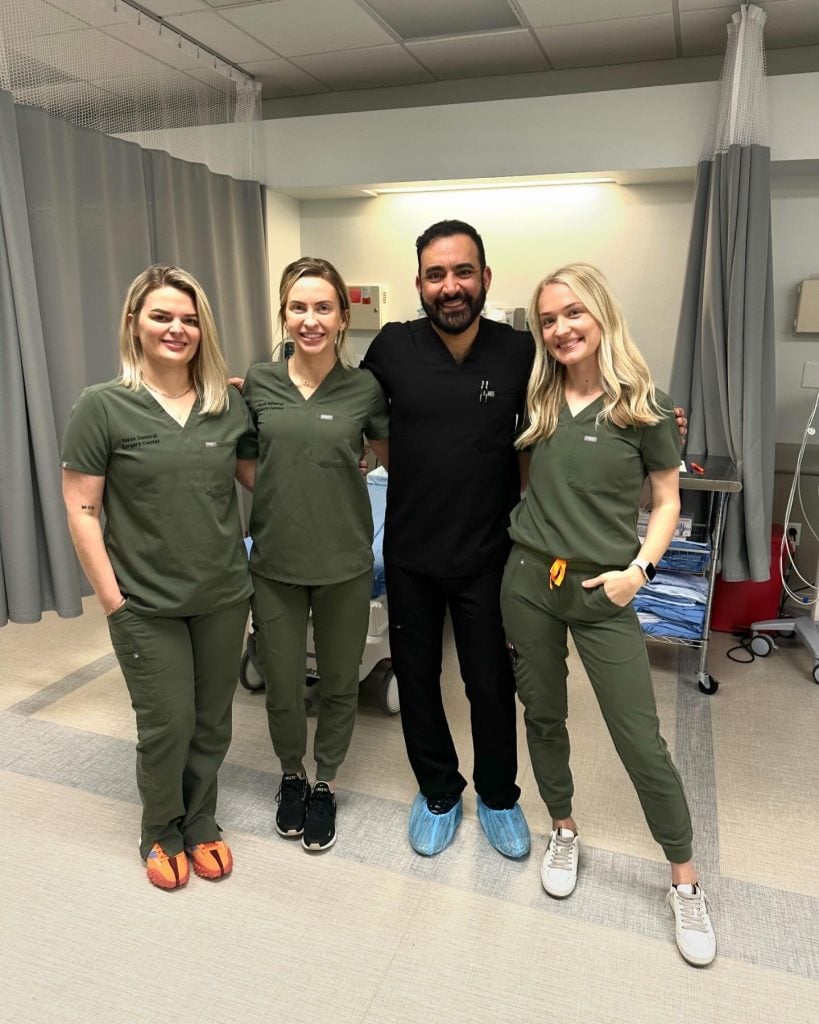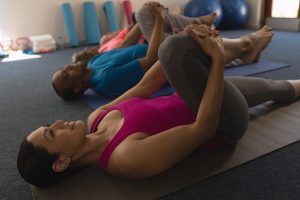Are you getting ready for your first PRP knee therapy session? If you’re dealing with knee pain and considering PRP (Platelet-Rich Plasma) therapy, knowing how to prepare can make your experience smoother and more comfortable. This guide will walk you through what to expect and how to get ready for your first PRP knee therapy appointment.
Understanding PRP Therapy for Knee Pain
PRP therapy is a cutting-edge treatment that uses your blood’s platelets to promote healing in the knee. “PRP therapy leverages the body’s natural healing mechanisms to address knee pain by concentrating platelets from the patient’s blood and injecting them into the affected area,” explains Dr. Ghalambor, an internist and anesthesiologist with fellowship training in interventional pain management from Massachusetts General Hospital, Harvard Medical School. It can help reduce pain and improve mobility, making it a popular choice for those with knee issues. But before you head to your first session, there are some important steps to take.
How to Prepare for Your First PRP Knee Therapy Appointment
Schedule Your Appointment
First, book your PRP therapy for knee pain at a reputable clinic. Look for the best PRP therapy clinic for knee pain in your area, such as NorTex Spine & Joint Institute, which services Allen, McKinney, Frisco, and Dallas.
Consultation and Medical History
Before your PRP knee therapy session, you will have a consultation. During this visit, the medical team will review your medical history and discuss your knee pain. Be ready to share information about any medications you take and any past injuries or surgeries. Dr. Ghalambor advises, “An accurate medical history helps tailor the PRP therapy to your specific needs, ensuring the best possible outcome.”
Avoid Certain Medications
In the days leading up to your PRP therapy for knee pain appointment, you may need to stop taking certain medications, especially anti-inflammatory drugs like ibuprofen and aspirin. These medications can interfere with the treatment. “Anti-inflammatory medications can hinder the body’s natural healing process that PRP aims to enhance,” Dr. Ghalambor notes. Always consult with your doctor before stopping any medication.
Hydrate and Eat Well
On the day of your PRP knee therapy session, make sure to stay hydrated and eat a light meal. Proper hydration helps with blood flow, making the PRP process more efficient. Avoid alcohol and caffeine, as they can dehydrate you. “Staying hydrated is crucial as it aids in the preparation and quality of the PRP injection,” emphasizes Dr. Ghalambor.
Dress Comfortably
Wear loose, comfortable clothing to your appointment. Since the treatment area is your knee, you might want to wear shorts or pants that can easily be rolled up. This will make the process more convenient and comfortable for you.
Preparation at the Clinic
When you arrive at the clinic, you’ll be guided through the process. The medical team will draw a small amount of your blood, which will be processed to create the PRP. This process takes about 15-20 minutes. During this time, you can relax and ask any last-minute questions you might have. Dr. Ghalambor explains, “The preparation of PRP is a precise process that ensures the highest concentration of platelets for optimal healing.”
During the Procedure
Once the PRP is ready, it will be injected into your knee. The injection site will be cleaned and numbed to minimize discomfort. The actual injection process is quick and usually takes only a few minutes. “Patients often feel minimal discomfort during the injection, thanks to the numbing agent used,” assures Dr. Ghalambor.
Aftercare Tips
After your PRP knee therapy session, you might experience some swelling or mild discomfort at the injection site. This is normal and should subside within a few days. Follow any aftercare instructions provided by your doctor, which may include resting the knee and avoiding strenuous activities for a short period. “Post-procedure care is essential for the success of PRP therapy, as it allows the injected platelets to work effectively in healing the knee,” says Dr. Ghalambor.
Getting Started
Now that you know how to prepare for your first PRP knee therapy session, take the next step towards pain relief and better mobility. Schedule your PRP knee treatment session today at NorTex Spine & Joint Institute in Allen, McKinney, Frisco, or Dallas. Our team, led by Dr. Ghalambor, is ready to help you achieve the best possible outcome with personalized care and expert treatment.
Remember, preparing well for your PRP knee therapy can make a significant difference in your experience and results. Follow these tips, and you’ll be on your way to a successful first session.








